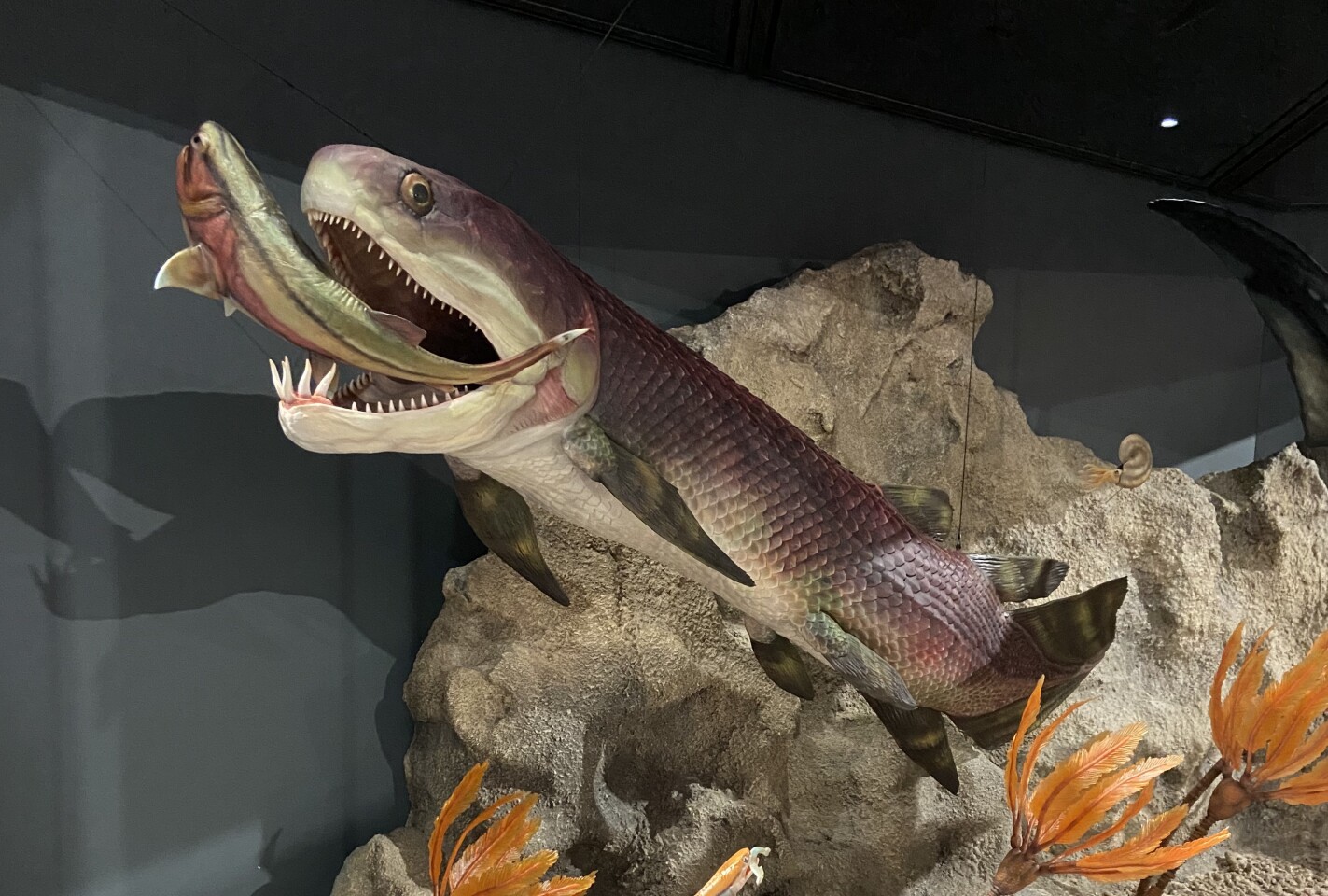Innovative therapy brings hope to chronic lower back pain sufferers
There’s new hope for chronic lower back pain sufferers after an innovative trial combining psychological and physical approaches empowered patients to manage pain and movement, resulting in a dramatic reduction in the condition and related mobility iss… Continue reading Innovative therapy brings hope to chronic lower back pain sufferers

